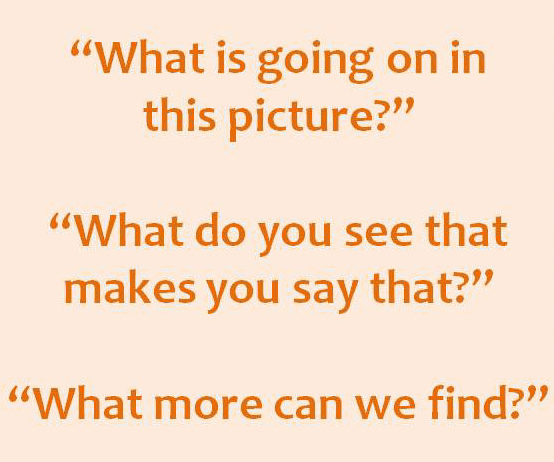Edward M. Gómez on Outsider Art from Sinnlicht on Vimeo.
Definitions?!
RAW VISION : The controversy surrounding the exact definition of Outsider Art and allied fields has been going on ever since awareness of the phenomenon began so here we try to clarify the different aspects.
Essay offers sub-divisions without defining the term itself.
Outsider Art Fair: Over the years, the parameters of Outsider Art have expanded dramatically to include art made by a wide variety of art-makers who share this common denominator of raw creativity. Outsiders come from all walks of life, from all cultures, from all age groups. In recent years, Outsider Artists may have even come to outnumber Insider Artists who have achieved critical validation within the elite art world, and yet who speak with increasingly less clarity and relevance to us about the human experience.
It seems to me obvious that there are more self-trained artists than there are academically trained artists.
Huffington Post 11/20/2014 10 Outsider And Self-Taught Artists Who Use Art To Create Their Own Worlds: The term “outsider art” was first used by art historian Roger Cardinal in 1972 to loop together art made by people living with certain disabilities, as well as those living on the outskirts of society. Unlike most other art movements, outsider artists don’t have much in common besides straying from the norm. They work in different media, throughout different times and places, without shared assumptions or aesthetic styles.
In fact, most outsider artists have or had no idea they would be categorized as such — or even that their art would be seen by someone other than themselves. Therein lies the conundrum — is a celebration of outsider art redemptive tribute or exploitation?
In “How to Look at Outsider Art,” Lyle Rexer defines the tricky genre as “the work of people who are institutionalized or psychologically compromised according to standard clinical norms.” This definition was amended to include those enduring an altered state of consciousness — whether from marginalization or incarceration. “Self-taught art” is a category that often overlaps with outsider art, referencing artwork made without schooling that strays from the norms and styles of the time.
Christie’s : ‘Outsider Art is perhaps a catch-all term,’ explains Christie’s specialist Cara Zimmerman. ‘I tend to classify it as art made by people who weren’t working within the artistic establishment.’
In the United States, she says, the material stems from a folk-art tradition. Most Outsider artists received no formal training and were influenced by pop culture and the world around them rather than other mainstream artists.
The Atlantic The Rise of Self-Taught Artists. Out is the new in. : For an artist to be considered an outsider, he or she must first be brought inside the professional art world by an insider.
Huffington Post 1/30/15 What Is The Meaning Of Outsider Art? The Genre With A Story, Not A Style: There are various ways to make sense of outsider art as a genre. Roberta Smith calls it “a somewhat vague, catchall term for self-taught artists of any kind.“ Lyle Rexer defines it as “the work of people who are institutionalized or psychologically compromised according to standard clinical norms” or “created under the conditions of a massively altered state of consciousness, product of an unquiet mind.” Jerry Saltz argues it doesn’t exist at all, except as a discriminatory boundary preventing untrained artists from their rightful places in the canon.
Artsy – About Outsider Art: A label applied to artworks that have little connection with the art world or are created by people with no formal art training. The term is also applied to artworks by people with psychiatric disabilities and others on the margins of society. However, as more and more examples have been exhibited and subsumed into the historical canon, some have argued that the ‘outsider’ label should be retired.
Hyperallergic. What Does “Outsider Artist” Even Mean?: In a blog post from 2007, dealer Edward Winkleman discusses the issue of intent and his changing perceptions of outsider art:
Being the stubborn loggerhead I am, I can’t get myself unstuck from an assumption about the importance of intent in art. Especially intent with regard to communicating.
Taken to its logical extremes in our debate, however, this assumption has led me to conclude that the work of Henry Darger, for example, is not “Art” because (or so it’s been reported) he had no intention of ever showing it to anyone, meaning it was not created with the intent of communicating anything with anyone, and that then made it something other than “Art.”
Now I can look at Darger’s work and feel my jaw involuntarily drop. I can marvel at the vision. I can delight at the composition and especially the color. But because I know (or think I know) these works were the result of a masturbatory effort, they don’t meet my own definition of fine art, which goes beyond just intent to communicate to include what bnon called, in the thread on child prodigies yesterday, the act of “submerging [one]self in art history as well as surveying the contemporary field and carving out a niche.”
Jerry Saltz on the Outsider Art Fair — and Why There’s No Such Thing As ‘Outsider’ Art: Which brings us to the the horrible Rubicon that still separates so-called “outsider,” “self-taught,” and “visionary” art from institutionally sanctioned official art. Now that even immigration reform can happen, it’s time for MoMA — and all museums — to integrate “outsider art” into their permanent collections and erase that distinction for good. They need to allow these artists to take their rightful places in the canon. In addition to the artists mentioned above, visionaries like Hilma af Klint, Emma Kunz, Bill Traylor, Adolf Wolfli, Martin Rameirez, Minnie Evans, John Kane, Clementine Hunter, Hector Hyppolite, and others must be integrated into the canon. At the Fair, there’s a 1939–1942 town scene by one of the greatest “outsiders” of them all, Bill Traylor, that would easily compare with any Picasso from the same period. Or, indeed, any artist.
With this outmoded discrimination still in place, the story of art is woefully misrepresentative — a lie, even. Millions of viewers and thousands of nascent artists are being denied the chance to see some of the best work made in the last 100 years simply because it was once decided that to be an artist meant having had pre-approved training. It’s a self-perpetuating false distinction…


